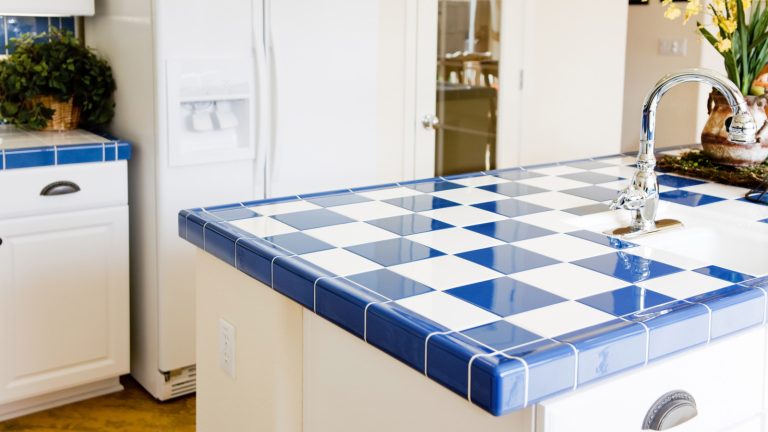A light pasta sauce will usually be butter or olive oil-based and more delicate than cream, tomato, or meat-based sauces. However, these elegant light sauces, while seeming simple, can require more attention to detail when pairing with pasta. One such detail that will make or break light sauce is pasta temperature. We spoke with Joe Isidori, Michelin-starred chef and restaurateur of Arthur & Sons, to explain the proper temperature for serving lighter pasta dishes.
According to chef Isidori, “You want it hot, but not screaming hot — think just off the boil. Around 160–170°F is that sweet spot.” Essentially, you want to pour light sauce over pasta that you’ve just removed from the stove and drained. Steaming hot pasta is key to maintaining the sauce’s consistency, which chef Isidori describes as “fluid and glossy.” If the pasta is cold, says chef Isidori, “your beautiful sauce turns into a sticky mess — it congeals, loses its silkiness, and you end up with clumps.”
At the other end of the spectrum, pasta that’s too hot can also ruin the silky consistency you seek. Chef Isidori explains, “Too hot and the sauce can “break” — meaning the fat separates and leaves you with a greasy pool on the plate.” The temperature sweet spot chef Isidori describes coincides with a timely execution; “The key is timing — toss, plate, serve. No waiting around.”
More light sauce pasta dish tips
Ensuring your pasta is just hot enough to receive a light sauce is just one of many tips to remember. The type of pasta or pasta shape you choose is also important for light sauce pairings; you want an equally delicate pasta shape like angel hair or spaghetti to toss with a butter or oil-based sauce. You’re more likely to see the Neapolitan specialty aglio e olio served over spaghetti. For a more textured, oil-based sauce like this bright and fresh pesto, a wider fettuccine or pappardelle will give you more surface area for the herbs and garlic to cling to.
Speaking of clinging, starchy pasta water is another key to helping a light, silky sauce adhere to pasta properly. So don’t forget to reserve a cup of pasta water before you drain the pasta. Not only is there a sweet spot for timing and temperature when it comes to adding light sauce to pasta, but the amount of sauce you add to pasta has its own ideal ratio of 1 part sauce to 2 parts pasta. If you under-sauce the pasta, it’ll be dry and bland. But, if you over-sauce the pasta, the delicate consistency becomes soupy and overwhelming. Instead of measuring the pasta and sauce ratio out, you can start with less sauce, tossing to combine and gradually adding more sauce until you’ve reached the desired proportion.






